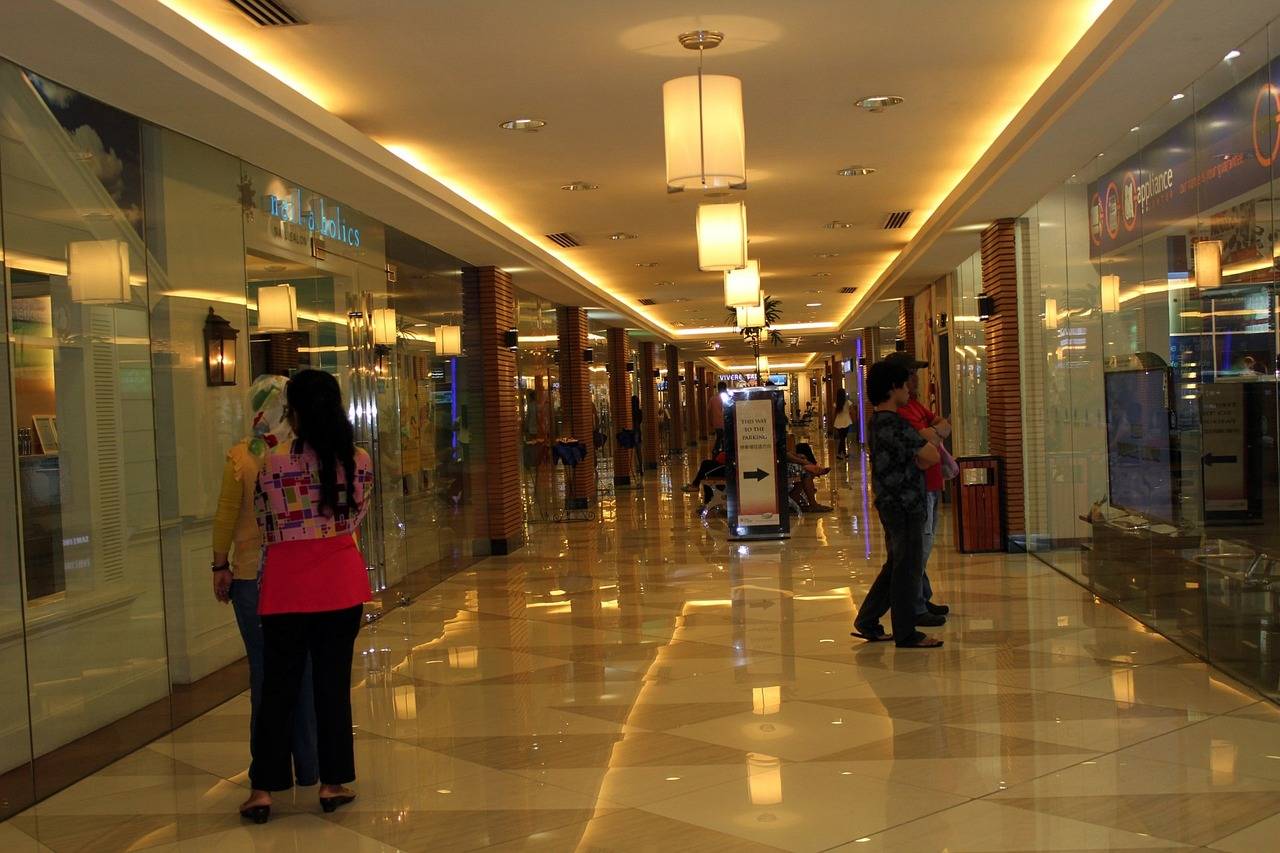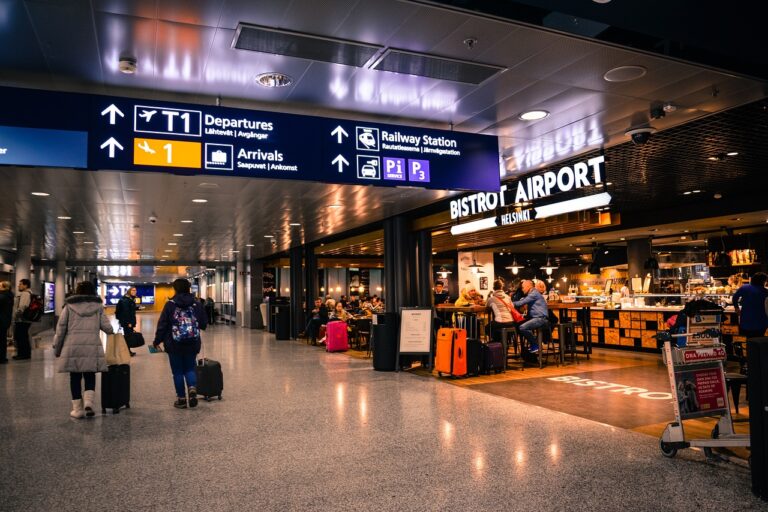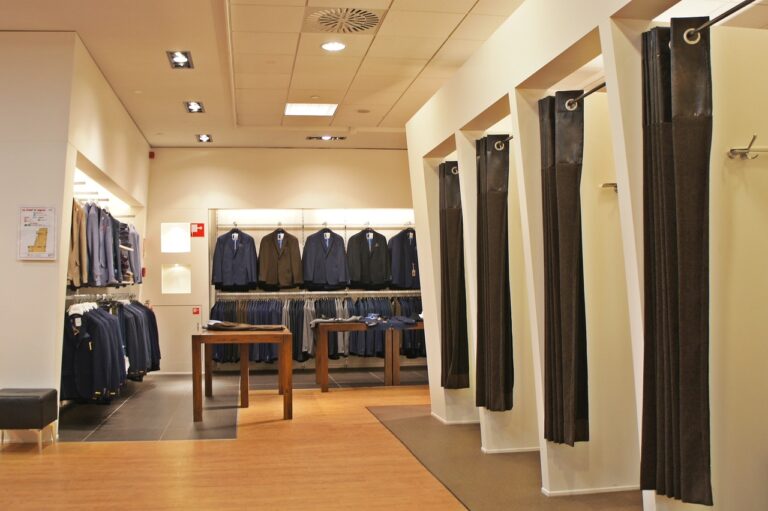The Future of AR Mirrors in Beauty Retail: Virtual Makeup Try-Ons
AR mirrors in beauty retail offer a transformative experience for customers as they can virtually try on different makeup products in real-time. This technology enables customers to experiment with various shades of cosmetics without actually applying them, saving time and minimizing product wastage. By providing a more interactive and personalized shopping experience, AR mirrors enhance customer engagement and satisfaction.
Moreover, AR mirrors help bridge the gap between online and in-store shopping by allowing customers to virtually try on products before making a purchase. This feature not only boosts confidence in decision-making but also increases the likelihood of customers making a purchase. The convenience and interactivity of AR mirrors in beauty retail create a seamless and enjoyable shopping experience, ultimately leading to increased sales and customer loyalty.
• AR mirrors in beauty retail offer a transformative experience for customers
• Customers can virtually try on different makeup products in real-time
• Experiment with various shades of cosmetics without actually applying them
• Saves time and minimizes product wastage
• Enhances customer engagement and satisfaction
• Bridges the gap between online and in-store shopping
• Allows customers to virtually try on products before making a purchase
• Boosts confidence in decision-making
• Increases likelihood of customers making a purchase
• Creates a seamless and enjoyable shopping experience
Overall, the benefits of AR mirrors in beauty retail are clear. From providing a more interactive and personalized shopping experience to boosting sales and customer loyalty, this technology is revolutionizing the way customers shop for cosmetics. As retailers continue to invest in AR mirror technology, we can expect to see even more innovative features that further enhance the beauty retail experience for consumers.
Challenges of Implementing Virtual Makeup Try-Ons
One of the significant challenges faced when implementing virtual makeup try-ons is the accuracy of the technology. Ensuring that the AR mirror or virtual makeup application accurately reflects how a shade or product will look on an individual’s skin tone or features can be a complex task. Variations in lighting, skin texture, and color can make it challenging to provide a truly realistic virtual makeup experience for consumers.
Moreover, the user experience is another key challenge in implementing virtual makeup try-ons. It is crucial that the virtual try-on process is seamless, intuitive, and engaging for users. Navigating the virtual makeup platform should be easy and user-friendly, allowing customers to experiment with different products effortlessly. Issues such as slow loading times, clunky interface design, or technical glitches can hinder the user experience and deter consumers from using the virtual makeup try-on feature.
Impact on Consumer Behavior and Purchasing Decisions
Augmented reality (AR) technology has revolutionized the way consumers interact with beauty products in retail settings. By offering virtual try-on experiences through AR mirrors, consumers can now visualize how different makeup products will look on their faces without the need to physically apply them. This immersive and interactive approach allows shoppers to explore various makeup options with ease and convenience, ultimately enhancing their overall shopping experience.
Moreover, the ability to virtually try on makeup products in real-time through AR mirrors empowers consumers to make more informed purchasing decisions. By seeing how a particular shade or product looks on their skin instantly, customers can confidently choose the products that best suit their preferences and needs. This personalized and interactive aspect of AR mirrors not only boosts consumer confidence in their purchases but also cultivates a deeper sense of engagement and satisfaction with the brand, leading to increased customer loyalty.
How can AR mirrors benefit beauty retail stores?
AR mirrors can enhance the shopping experience by allowing customers to try on virtual makeup before making a purchase, leading to increased customer satisfaction and higher sales.
What are some challenges faced when implementing virtual makeup try-ons?
Some challenges include technical issues, such as compatibility with different devices, and ensuring the accuracy of the virtual makeup in matching the customer’s skin tone and features.
How does AR technology impact consumer behavior and purchasing decisions?
AR technology can influence consumer behavior by providing an interactive and personalized shopping experience, which can increase engagement and encourage customers to make more informed purchasing decisions.





